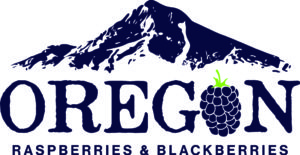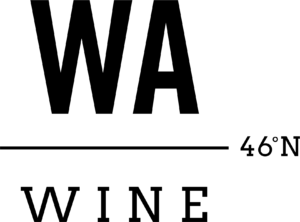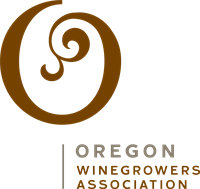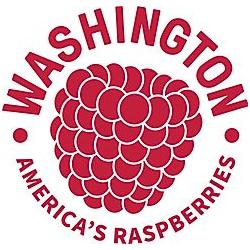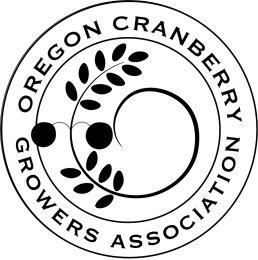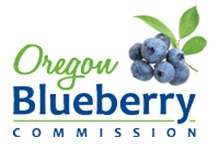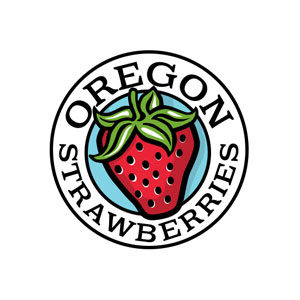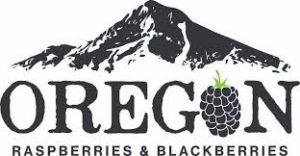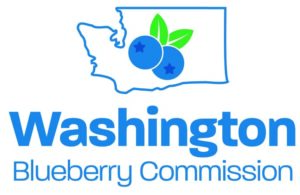Botrytis Bunch Rot: Where, When, and What to use
- Research Status: Project completed 2020 - 2023




The goal is to improve integrated pest management of Botrytis Bunch Rot (BBR) by improving our understanding of when and where Botrytis inoculum is produced and the frequency of fungicide resistance in the populations. The research surveyed the current distribution and frequency of Botrytis fungicide resistance in vineyards, examine where inoculum distributes throughout a vineyard, and when botryticide applications should be used by utilizing high throughput biological assays and modern molecular techniques.
The specific objectives of the proposal are:
From 2020-2022, eleven sites from nine different vineyards in Oregon, and four in Washington were surveyed for Botrytis by sampling grape inflorescence and developing fruits, vineyard floor debris (prior year grape rachis), and nuisance blackberries. Botrytis on grape inflorescence and fruits varied from site to site and year to year likely due to yearly disease pressure differences and unique site microclimates. Prior year dead grape rachis on the vineyard floor with sporulating Botrytis infestations varied from year to year as well, but generally declined as the season progressed. Incidence of Botrytis on vineyard floor debris in all but one site in 2021 was over 75% in late April and all sites sampled decreased over time to under 25% by September. Wild nuisance blackberry flowers and fruits adjacent to the vineyard were also found to be potential sources of Botrytis inoculum throughout the season. Inoculum estimation from historical spore trap DNA samples originally taken to monitor powdery mildew in the Willamette Valley were re-assayed for Botrytis inoculum. These spore trapping results showed that inoculum is nearly continually present in the vineyard and increases in inoculum tended to align with bloom to fruit set, and temperatures around 13-22°C (55-72°F). This result suggests that the most critical time to reduce bunch rot risk is protecting the cluster before bunch closure by applying fungicides or reducing the detritus flower parts that may not have detached. Single spore Botrytis isolates collected from vineyard survey samples were assayed for fungicide tolerance to seven commonly applied fungicide sprays. In the over one hundred isolates tested so far, there has been fungicide tolerance seen in all groups with multiple fungicide group tolerance seen in 10% of the isolates tested. These results indicate a fungicide group for Botrytis management should not be used more than once in season and the possible carryover of inoculum from the prior year on rachis debris suggest that care should also be taken in selecting fungicides across years as well.
This research indicates that fungicide-tolerant Botrytis populations are present in Oregon and Washington vineyards, and that many isolates are tolerant to at least one fungicide class. These data indicate that growers should not use a fungicide class more than once a season for Botrytis management. In addition, management would likely benefit by targeting fungicide applications to when the fruit are the most susceptible (bloom to bunch closure) and inoculum levels are also likely to be high.
